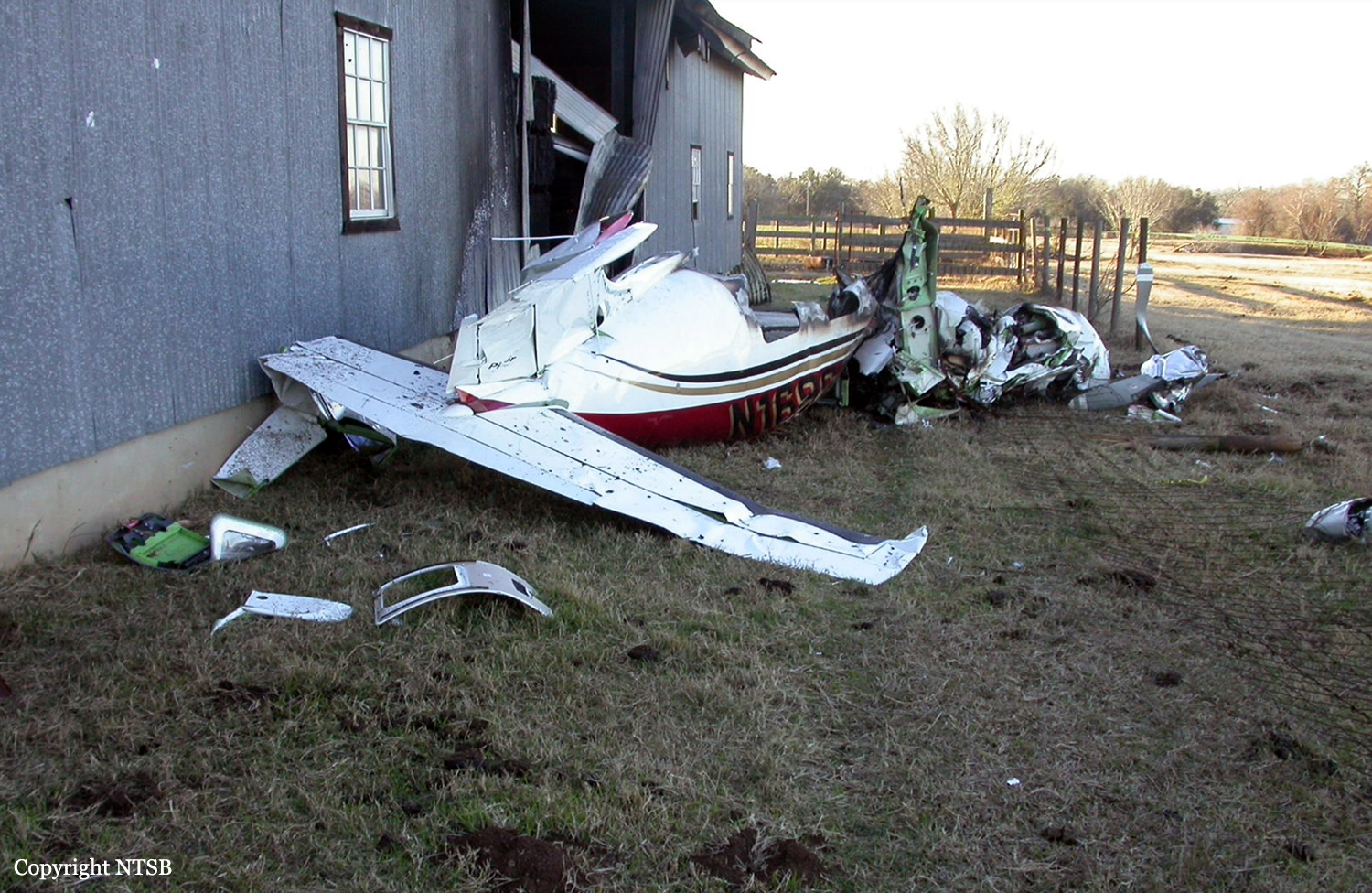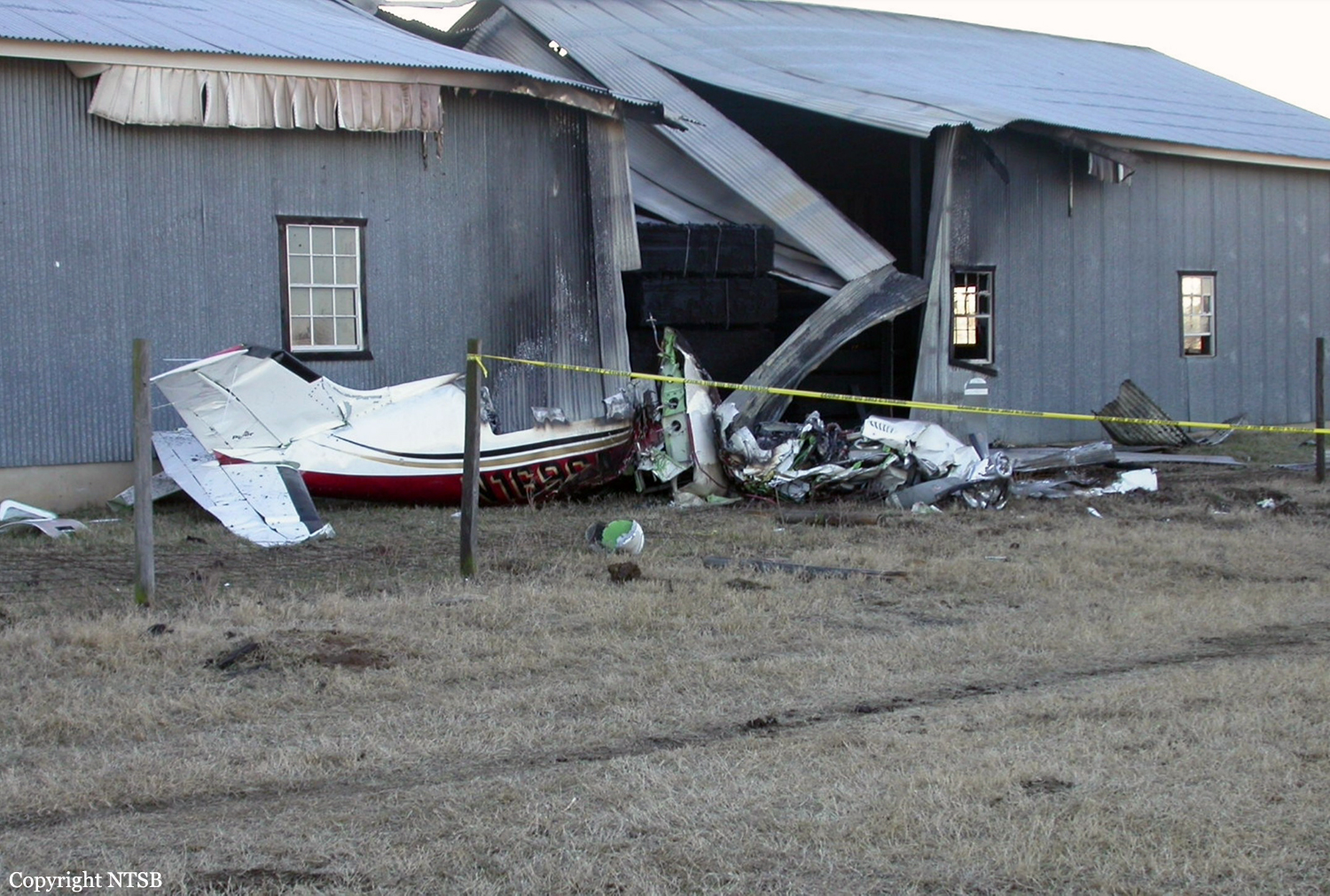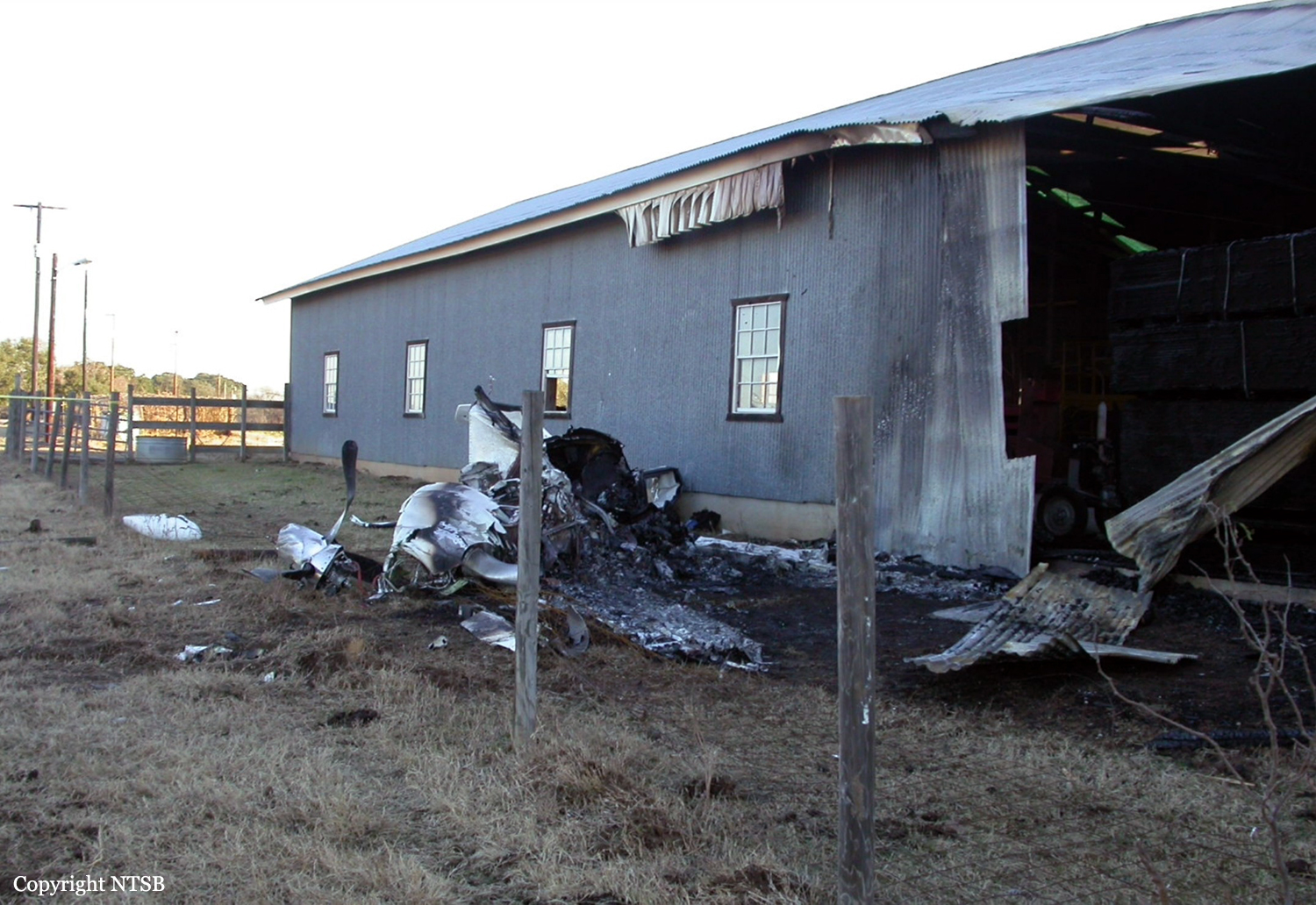Crash of a Piper PA-46-500TP Malibu Meridian in San Antonio: 1 killed
Date & Time:
Jan 18, 2008 at 1230 LT
Registration:
N169CA
Survivors:
No
Schedule:
Waco – San Antonio
MSN:
46-97300
YOM:
2007
Crew on board:
1
Crew fatalities:
Pax on board:
0
Pax fatalities:
Other fatalities:
Total fatalities:
1
Captain / Total hours on type:
58.00
Aircraft flight hours:
111
Circumstances:
The pilot attempted to intercept an instrument landing system localizer three times without success. The pilot told Air Traffic Approach Control that he was having trouble performing a "coupled" approach and that he was trying to "get control" of the airplane. The airplane disappeared from radar, subsequently impacting a field and then a barn. The airplane came to rest in an upright position and a post crash fire ensued. A review of radar and voice data for the flight revealed that during the three approach attempts the pilot was able to turn to headings and climb to altitudes when assigned by air traffic control. Postmortem toxicology results were consistent with the regular use of a prescription antidepressant, and the recent use of a larger-than-maximal dose of an over-the-counter antihistamine known to cause impairment. There were no preimpact anomalies observed during the airframe and engine examinations that would have prevented normal operation.
Probable cause:
The pilot's failure to execute an instrument approach. Contributing to the accident was the pilot's impairment due to recent use of over-the-counter medication.
Final Report:





